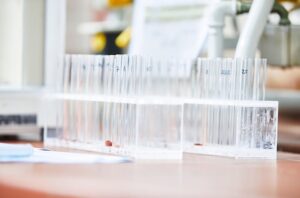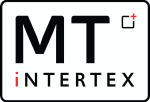
Formaldehyde determination
Formaldehyde: quantitative determination of free formaldehyde (SOP 4193)
DIN EN ISO 14184-1 specifies a method by which free formaldehyde is extracted with water from textiles and the concentration is determined photometrically.







































